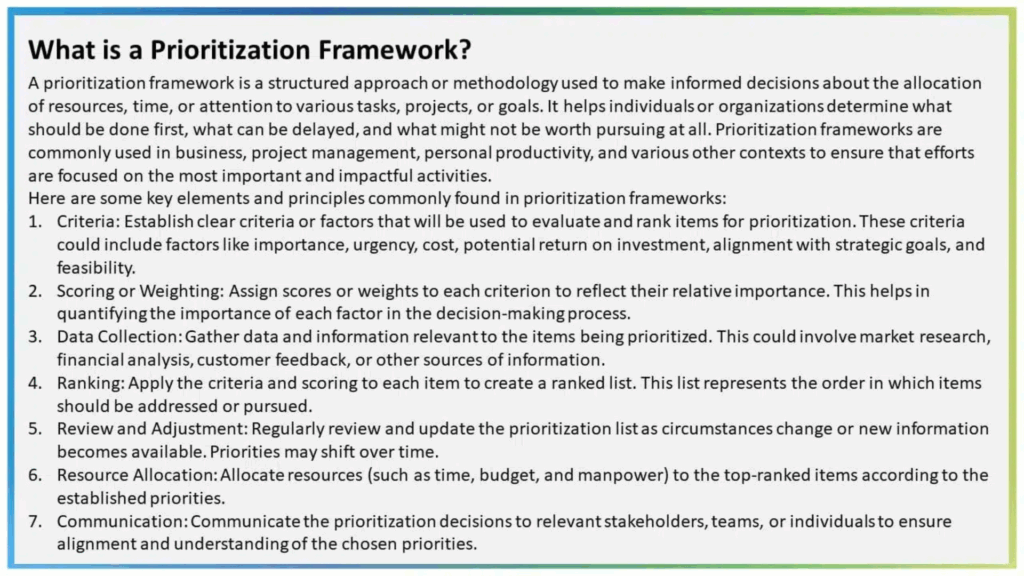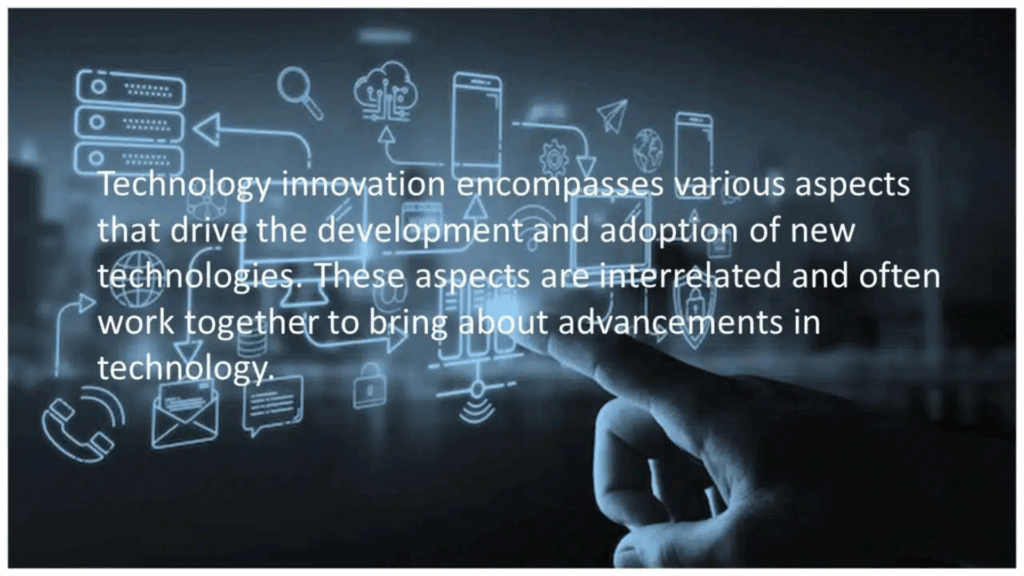Key takeaway: Be the captain of your presentation and guide your audience. Don’t let the weight of the presentation steer their attention.
Securing an audience with a prospective customer, at a conference or even internally to peers and higher-ups is something of true value in today’s always-on-the-go work environment.
If you’ve scored some live time in front of a group of people, how can you make your presentation a truly engaging experience that leaves your audience with that ‘Wow, I’m so glad I showed up for this’ feeling?
First and foremost, you’ll need to think beyond the basics of presentations 101 that we’re all familiar with, like using bullets, keeping the look consistent, not reading text from the slides. We all know that, at this point, yes?
So, how do we create a dynamic presentation that’s both informative and engaging? Below is a deep dive into some areas where even the most seasoned speakers can fall victim to bad presentation mojo.
FOCUS:
Your audience is not going to retain all that you present, no matter how well it’d done, so it’s your job to focus on the salient points of the concepts you want them to walk away with. Keep that in mind as you bring your slides to life while presenting.
1. Strong Intent
It seems like a no-brainer, but you need to tell them what you’re going to tell them and why it’s important, meaning: get their attention at the start. Maybe it’s an anecdote, a personal story, a quote or an intriguing statement. What’s going to make them want them to sit up and pay attention?
And at the end, make sure you provide clear takeaways or the next steps in the form of a summary or defined list of actionable tasks. What can they do to keep this idea moving forward?
2. Don’t Overuse Allotted Time
If you use every minute available to cram in what you want to say, you miss a huge opportunity to engage with your audience and find out what they need from you. Are they following along; do they have questions, concerns, alternate opinions?
Give them the opportunity to process what you are saying so they can respond, either verbally or mentally. It’s another great reason to keep the concepts you present concise enough for your audience to be mindful of what you are saying, rather than just trying to keep up.
3. Timing & Delivery
Sounds silly, but far too often, presenters skip this vital step, so we felt it was important as a reminder. Run through your presentation out loud and even in front of someone: do you stumble, do your anecdotes make sense, are you staying on point?
Use your slides as cues to expand on your points and engage with your audience, versus merely reading off the slide. You don’t need to fully choreograph your presentation to keep people engaged, but you do need to be aware of attention spans, information relevance and even voice inflection.
SPEAKING:
The art of public speaking is a skill like any other – one that gets better with practice and attention. Whether in person or on video, your presence and tone matter.
4. Pausing for Impact
Rushing through your presentation, whether because you’re nervous or running out of time, leaves people without a sense of what’s important. Pausing for impact after significant points gives people a moment to process your key message before moving on.
Observing your audience’s body language can also give you clues on when to pause for impact, when to move on, when to make something more engaging or clarify a point.

5. Composure and Tone
How you present yourself can impact other people’s perception of your presentation. Physical appearance isn’t what we mean here. Think of your own body language, your facial expressions, your tone of voice.
Be assertive, but not aggressive, when presenting on a topic you’re meant to be an expert in. Speak with passion without sounding frantic. Trust and perceived authority in your expertise are derived from your composure as well as the accuracy and quality of the information you’re presenting.
VISUALS:
More than any other part of the presentation, the visual aspect is the memory maker, so include a mix of different elements, but also make sure they enhance, not detract, from your overall message.
6. Relevant Imagery
Think of the visuals throughout your slide deck as a family in terms of look and feel. Keeping a common thread (whether its image style, color scheme, size and orientation, etc.) will help the cohesion of the final presentation.
It’s perfectly acceptable to use stock photos or get a little more creative if you’re able… just make sure your imagery is on point with your messaging, or you’ll come off as unauthentic or disorganized. And above all, no matter where you get your image, make sure it is in focus, legible and that you have the proper copyright to use it!
7. No Imagery at All
You might be thinking it’s easier to scrap the visuals altogether and just put words on the screen. Please don’t. If you choose not to include supporting images, you lose those in the audience that are visual learners. Visual content matters.
Plus, even the most attentive audience member needs a visual reference now and then to ground them back to the text on the screen. Images, graphs, and application images can be used to enhance your key points, display data in an easy-to-understand format and even simplify complex ideas to make slides more engaging.
8. Animations & Transitions
While the whizz-bang factor that today’s slide decks can provide might seem exciting, going overboard can lead to distracting, conflicting and downright chaotic presentations. Only use animations and transitions to support the flow of what you are trying to say, and use them sparingly.
When you incorporate too many elements (flying text, spinning icons, fade outs or fade ins), you detract from the content you are trying to present. You may think it’s intriguing, but it’s not.
You also set yourself up for technical glitches and lags in your presentation, which is frustrating to both you and your audience. There are far better ways to make a PowerPoint more engaging—adding a bunch of nonsensical animations is not the way to go.




Examples of bad presentation slides (from SlideUplift)
CONTENT:
The words you choose help bind your concepts to the images your audience is viewing, so choose wisely and think critically about what you really need to communicate.
9. Text Overload
Slides filled with long paragraphs or complete sentences will most definitely overwhelm your audience. They just can’t absorb all the information on the screen and will likely tune out, since they’re too busy reading instead of listening.
Cramming lengthy text into one slide is just as bad as cramming a long list of bullets on a slide, as well. Either way it’s overwhelming and hard to follow. How is your audience supposed to know what’s most important when there is too much input on one slide?
Focus on each slide’s key messages rather than overloading with explanatory text.
10. Conflicting Fonts
Now that you’ve whittled each slide’s content into manageable bits, make sure you account for readability. Best practice is to stick to 2 easy-to-read fonts at a maximum, which complement each other, for the entire presentation. Save the fancy fonts for formal invitations, not a business presentation where you are trying to get important points across.
Similarly, don’t employ too many sizes or text variations as again, these become distracting and draw attention away from your message. Font sizes should range between 18 and 36 on average, depending on the information being presented and similar elements should use the same formatting, font size, text treatment, etc.
11. Competing Elements
We’ve talked about the need for both images and text, but they should not compete with one another, so stick with a unified color palette across all elements. Also, be cautious of readability if you need to overlay text on an image, so you don’t blur some text with an image or put text on top of a complex part of a visual (we’ve seen it happen far too often…).
Also be cautious of the concepts you present and make sure they fit together, flow together and enhance one another in support of your main idea. If your audience is unsure of the overall message or key takeaways, they’ll have trouble following your line of thought to the end.
Presenting Like a Powerhouse
Each of these mistakes can distract from or even undermine the message you’re trying to convey. Instead of focusing on flashy effects or trying to include too much, the best presentations prioritize clarity, simplicity, and engagement.
At the end of the day, if the audience walks away remembering three key points, consider yourself lucky. So, make sure you know what you want them to walk away with. The rest of the presentation should help support that goal.
Still not sure if you’ll make the impact you want? We’ve created and vetted hundreds of presentations for clients over the years, so drop us a note to see how we can help.
